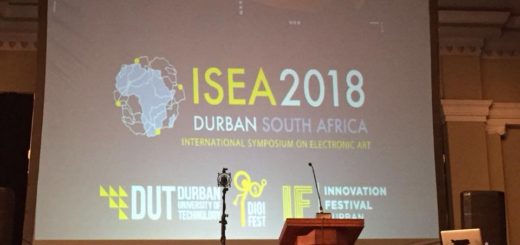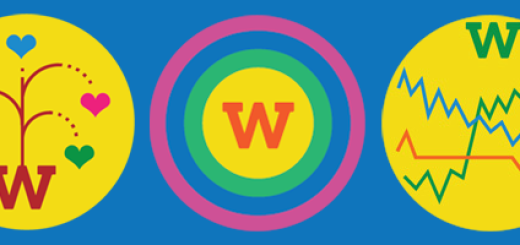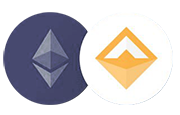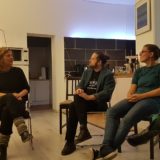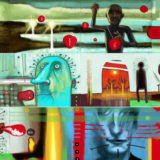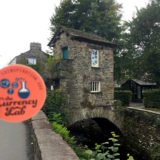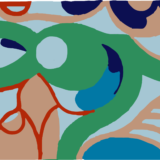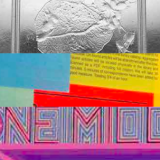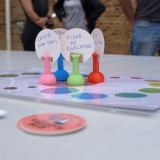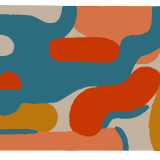Redefining Ownership – Rare Digital Art Market
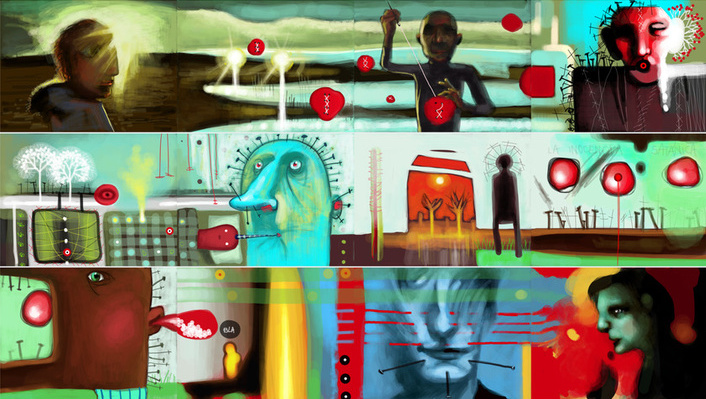
Visual conversation by dada.nyc artists
Why buy art? A new form of ownership powered by the blockchain reaffirms many good reasons for doing it, plus one more: enriching the cultural commons.
Rare Digital Art is a relatively new phenomenon and one of the new applications of blockchain technology. It allows the creation of a market for digital art, something that was not really possible until now.
In the traditional art market, owners exchange a physical object. The artwork itself might be locked inside a secure vault in a special tax free zone designed for art speculators, and many times only some signatures and money change hands. But after that the original work of art belongs to a new owner and they can now do with it what they please.
Digital art is very unique in which there is no original object, nothing that can be locked securely in a tax-free vault. For a long time this hindered the creation of a market for digital artworks. But now with blockchain technology a unique cryptographic token can be associated with a digital file and secured in the blockchain. Someone can then buy and own this token and have all transactions securely registered.
A very important new phenomenon happens now: ownership and possession are decoupled. What is owned is the token, which is like a “certificate of authenticity” attached to the digital artwork. A new type of ownership is invented, slightly different but not at all less valuable than the type of ownership we are used to with physical artworks. At first we may think exclusive access must be always associated with ownership. But this is not necessarily the case.
Decouple Ownership and Possession
Why does someone buy artwork? Having access to an item of beauty and significance is just one of the factors. With digital art it’s extremely hard to ensure exclusive access. But now this exclusive token of ownership can incorporate many of the other benefits of buying an artwork. One of them of course is monetary investment and speculation. But another is the pride and good feelings of supporting an artist. There is the status of being a collector and owning something exclusive. The aura associated with a rare and special artifact. These are all things that cannot be copied. But the artwork’s digital file can still be freely copied and enjoyed by anybody. The art itself is not locked in a vault, just the certificate of ownership.
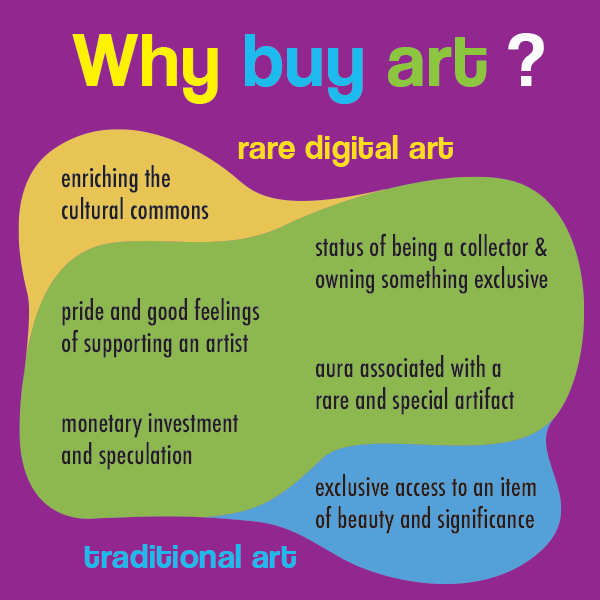
Better than Free
“When copies are free, you need to sell things which can not be copied”. Kevin Kelly from Wired magazine offers the example of trust, immediacy, personalization, interpretation, authenticity, accessibility, embodiment, patronage, and findability, as avenues to profit since none of them can be copied.
For me the emerging rare digital art market is a great opportunity to harness one of those uncopiable values: support for artists. At the same time, by ensuring the artwork can be freely copied and enjoyed, we bring exposure to the piece and to the artist, and enjoyment to a greater number of people.
Another feature made possible by blockchain smart contracts is to give artists part of the value their work acquires over time in the secondary market. What if for every successive sale, the contract specified that a percentage of the profits should always go to the artist?
Basic Income for Artists
Dada.nyc is a website with tools for artists to create digital works, and also to collaborate with other artists in collective pieces. It’s a thriving community and is now experimenting with a market for its art. You can already buy some rare digital artwork there, and their goal is to design a contract benefiting not just the buyer and artist of each specific piece, but their community as a whole. One of the ideas is that 30% of the sale will go to the dada community. With this revenue they plan to reward artists that collaborated and also provide a basic dividend for all the artists in their community.
Culture as Commons
We are coming to very interesting solutions, really harnessing the possibilities allowed by the digital and networked technologies, embracing their unique characteristics to create value for a broad range of actors.
We can develop these ideas and technologies further to create new funding models aligned with the framework of the commons. Solutions that can guarantee free access to our cultural heritage and current creative production, while at the same time rewarding and supporting the creators of all this wonderful cultural wealth.
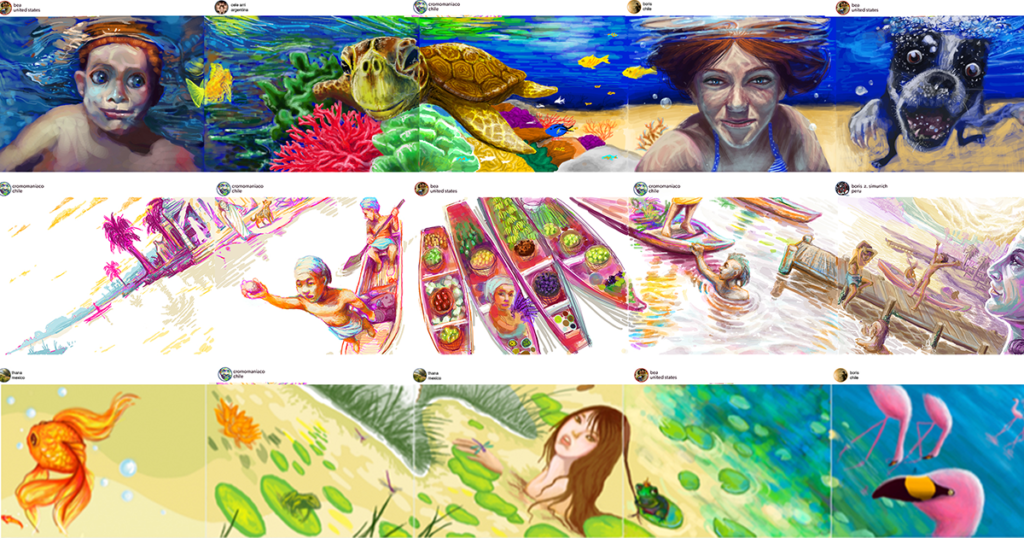
Visual conversation by dada.nyc artists
References:
Better than Free
Kevin Kelly
https://www.edge.org/3rd_culture/kelly08/kelly08_index.html
The History and Evolution of the Commons
Michel Bauwens
https://blog.p2pfoundation.net/the-history-and-evolution-of-the-commons/2017/09/28
Can Blockchain Eliminate The Myth Of The Starving Artist?
Kat Mustatea
https://www.forbes.com/sites/katmustatea/2018/07/15/can-blockchain-eliminate-the-myth-of-the-starving-artist/

